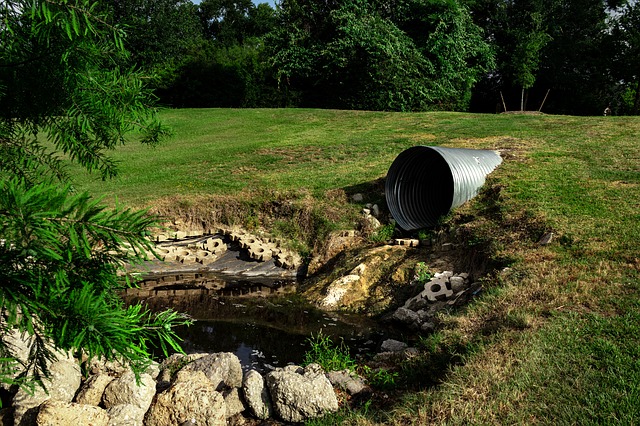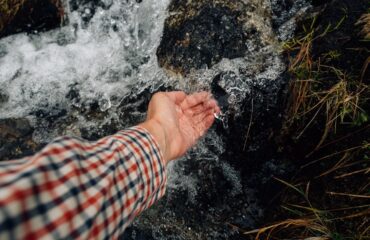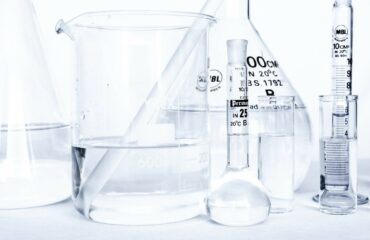Did you know that one in three people in the world do not have access to clean, safe water? And that’s just the global statistic. In Latin America, the situation is even worse. According to a report by WaterAid, almost half of all Latin Americans – more than 350 million people – don’t have access to clean water. This is a huge problem, not just for the individuals who don’t have access to clean water, but also for the environment and for human health. In this blog post, we will take a closer look at water quality in Latin America and discuss some of the causes of water pollution, its effects on human health and the environment, and some possible solutions.
One of the main causes of water pollution in Latin America is the discharge of untreated or inadequately treated wastewater from cities, industries, and farms. This wastewater contains a variety of pollutants, including chemical pollutants, organic pollutants, and pathogens. When this wastewater is discharged into rivers, lakes, and other bodies of water, it can cause serious environmental damage. It can also contaminate drinking water supplies and lead to health problems for people who consume contaminated water.
Another major cause of water pollution in Latin America is mining activities. Mining activities can release large amounts of toxic metals and other chemicals into the environment, which can contaminate waterways and soil. The effects of these contaminants on human health and the environment can be devastating.
In addition to the discharge of wastewater and mining activities, there are a number of other causes of water pollution in Latin America. These include the burning of fossil fuels, deforestation, agricultural runoff, and littering.
The effects of water pollution in Latin America
The effects of water pollution on human health and the environment can be serious and far-reaching. Some of the most common negative impacts include:
– Contamination of drinking water supplies with harmful chemicals and pathogens
– Eutrophication (the overgrowth of algae due to excess nutrients in the water) which can lead to the death of aquatic life and create hazardous conditions for swimming and fishing
– Acid rain which can damage forests, buildings, and wildlife
– Air pollution from industrial plants which can cause respiratory problems in humans and animals like it happened in Banos, Ecuador
– Contamination of soil with toxic metals and chemicals, which can make it unsuitable for agriculture

What are the possible solutions?
Although there are a number of causes of water pollution in Latin America, there are also many solutions that could help to improve the situation. Some possible solutions include:
– Improving water infrastructure so that more people have access to clean drinking water. This will reduce people’s reliance on polluted rivers and lakes as sources of drinking water.
– Providing better sanitation for cities so that untreated or inadequately treated wastewater does not end up being discharged into waterways or other bodies of water.
– Improving agricultural practices so that farmers do not pollute rivers and streams with fertilizers and pesticides from their farms (this can be done by using organic farming methods or by limiting the use of these chemicals).
– Encouraging people to reduce their consumption of plastic and other materials that end up being discarded in rivers, lakes, and oceans. If more people recycled these items instead throwing them away this would help to keep waterways clean and prevent trash from washing into the ocean where it can harm sea life.
– Improving mining practices so that companies are required by law to treat wastewater before discharging it back into natural water systems like rivers or streams (this will help minimize contamination caused by mining activities).
– Limiting industrial activities near bodies of water because they often release pollutants which can lead to contamination in nearby areas. For example, factories should not be built next door to lakes or rivers.
– Encouraging people to clean up after themselves when they are swimming, fishing, or boating in lakes and other bodies of water so that trash does not end up being deposited on shorelines and then washing back into the lake where it can harm wildlife (this will also prevent pollution caused by littering).
Although there are many challenges facing Latin America in terms of improving water quality, there are also many opportunities for success. For example, countries like Brazil have already begun to implement policies that limit industrial activities near natural waterways as well as laws requiring companies who mine minerals from the ground to treat wastewater before discharging it back into these systems (these policies should be enforced if they’re going to make a difference!). In addition, Brazil has also passed legislation requiring companies who mine minerals from the ground to treat wastewater before discharging it back into natural water systems like rivers or streams (these policies should be enforced if they’re going to make a difference!).
In conclusion, Latin America faces many challenges and opportunities when it comes improving water quality. Some countries have already implemented policies that limit industrial activities near bodies of water as well require mining companies to treat their wastewater before releasing it back into these systems which will help improve overall conditions over time but there are still other problems facing Latin American countries such as pollution caused by agriculture runoff which will need new solutions in order address these issues effectively too!






